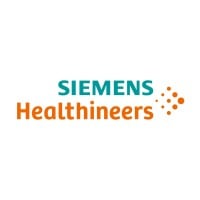
Siemens Healthineers
Siemens Healthineers is a leading medtech company with over 125 years of experience. We pioneer breakthroughs in healthcare. For everyone. Everywhere. Sustainably. Our portfolio, spanning in vitro and in vivo diagnostics to image-guided therapy and cancer care, is crucial for clinical decision-making and treatment pathways. With our strengths in patient twinning, precision therapy, as well as digital, data, and artificial intelligence (AI), we are well positioned to take on the greatest challenges in healthcare. We will continue to build on these strengths to help overcome the world’s most threatening diseases, enable efficient operations, and expand access to care. We are a team of more than 71,000 Healthineers in over 70 countries passionately pushing the boundaries of what is possible in healthcare to help improve the lives of people around the world.






